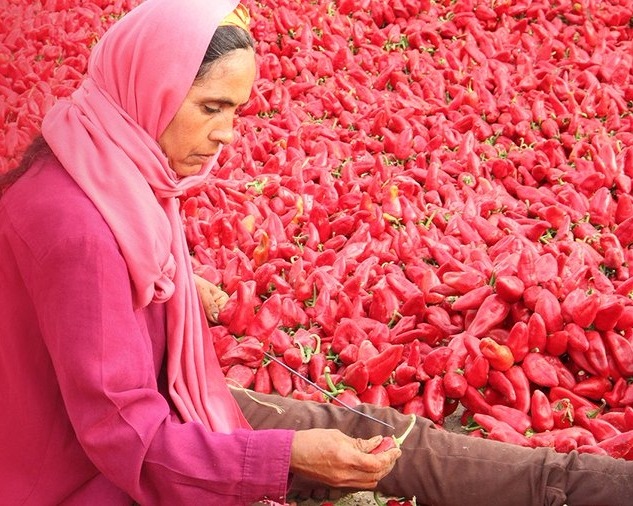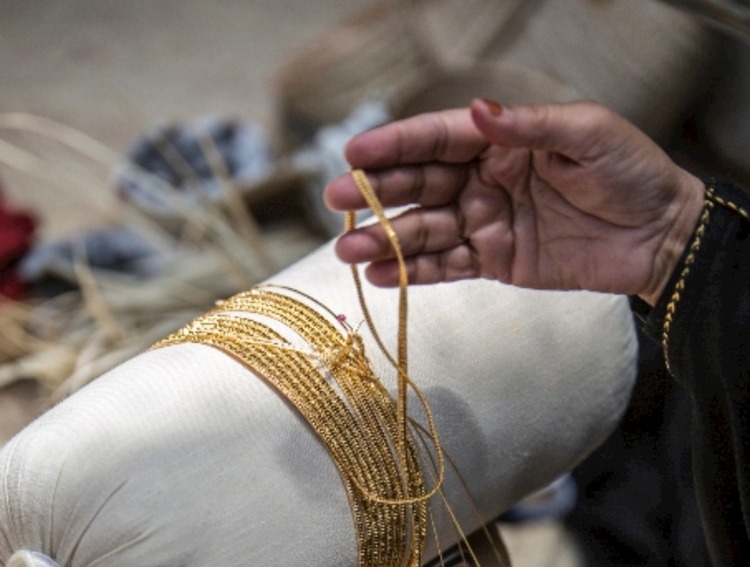Just as UNESCO preserves and recognizes global monuments including the Taj Mahal, it does the same for traditions and customs. Its most recent effort came when it officially added 47 Arab traditions to its list of Intangible Cultural Heritage at the 17th session intergovernmental committee for the safeguarding of Intangible Cultural Heritage that was held in Rabat, Morocco.
The Arab world is known to be home to a wealth of rich traditions, customs, and skills that are rooted in the fabric and identity of each nation’s thriving culture. As these traditions are intrinsic to those particular nations and do not have a universal presence, they may be in danger of being erased amid our growing levels of globalization. By joining UNESCO’s World Heritage List, Arab traditions from the UAE, Oman, Saudi Arabia, Kuwait, Syria as well as other nations will get to be celebrated and preserved.
Let’s take a look at some of the traditions that UNESCO picked out:
Rai (Algerian Popular Folk Music)
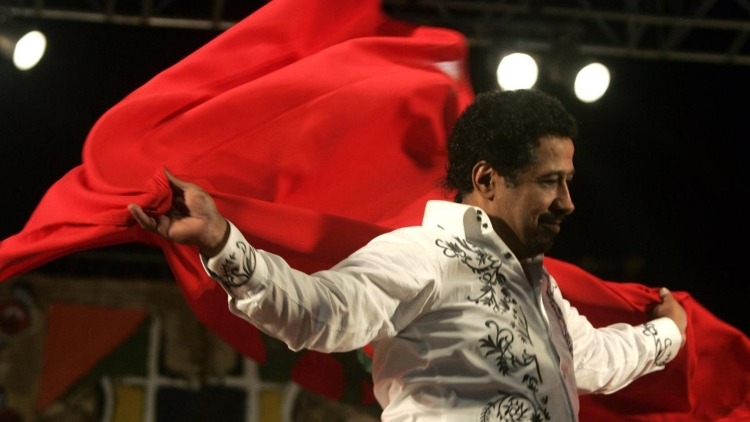
Born out of the melting pot of cultures of Oran’s 1920s is Algeria’s folk music known as raï, often described as raw, honest, and gritty, this type of music gave people a way to open up, express their feelings and discuss the realities of society without the worry of causing taboo.
Today, the tradition lives on, having become modernized and popular through artists like Cheb Khaled who gave Rai newfound global recognition and fame. Whether it’s performed locally at wedding parties and nightclubs in Oran or globally at massive festivals, the tradition will live on especially with it being part of UNESCO’s World Heritage List.
Al Khanjar (The Omani Dagger)
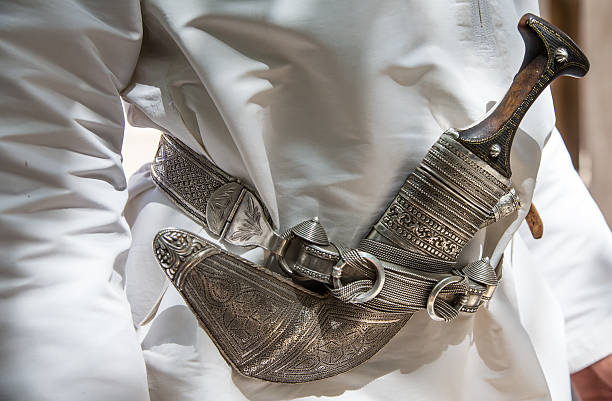
During the festivities of national events or special occasions like weddings, the dagger known as the khanjar is known to be a part of the traditional dress worn by Omani men. Worn around the waist and secured with a belt, the khanjar consists of a handle, blade, scabbard, and cover all of which are usually made from wood, cloth, silver, or leather.
Holding a special place in Omani culture, this special dagger is often gifted to guests arriving in the country as a way to express the country’s rich culture. Beyond that, to this day, the immense level of knowledge and skill needed to craft this blade continues to be passed on from generation to generation. Workshops and training are offered across the country to teach young Omanis about the craft and keep the tradition alive.
Alheda’a (The Gulf’s Oral Tradition of Camel Calling)
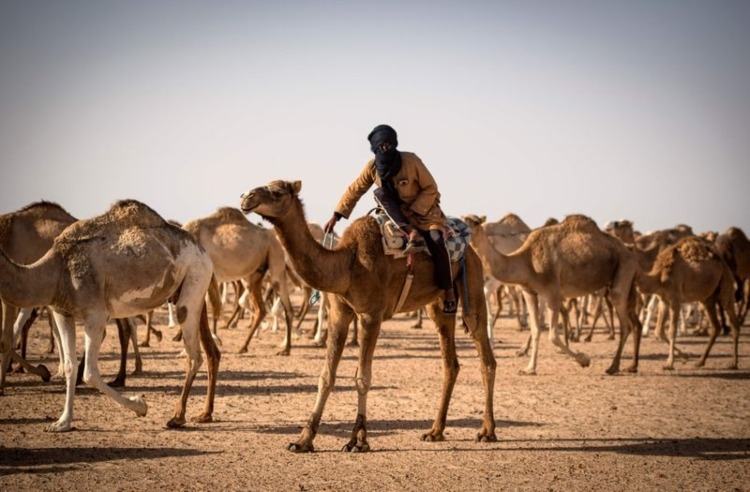
In countries like Saudi Arabia, Oman, and UAE herders are known to use a unique type of tradition called Alheda’a to communicate with their camels which would involve a series of hand gestures, words, and musical instruments. Through using Alheda’a, herders are able to signal camels and help guide them across the desert environment toward certain drinking or feeding sites. They are also able to train their camels to differentiate between left and right as well as to open their mouths when they are asked.
To maintain the tradition, herders would usually bring their children on daily trips to teach them the skill, and over time the tradition would be passed on from father to son. By being part of UNESCO’s world heritage list is another way to keep the tradition alive.
Al Talli (UAE Traditional Embroidery Skills)
Across the UAE, women would gather together to weave and decorate everyday clothing using the traditional textile handicraft dubbed Talli. Everything from wedding gowns to formal dresses would get embellished using this type of threadwork that would involve braiding different strands of thread together to create strips of textiles with elaborate patterns.
Passed down from mothers to their daughters, the tradition is also maintained through specially held courses and workshops held in schools, universities as well as heritage development centers. Today, these specially embroidered garments are in high demand especially before religious festivals like eid as well as during the marriage season.
Harissa (Tunisia’s Traditional Culinary Dish)
Ubiquitous and infamous across Tunisia, harissa is a seasoning made with chili pepper paste that plays an integral role in the culinary world of Tunisian society. An elaborate series of steps are involved in the picking and creation of this special culinary seasoning. It all starts with picking the chili peppers then drying them in the sun, splitting the peppers, removing the stalks, and deseeding them.
From there, they are washed, ground and then seasoned with some salt, garlic, and coriander either using a traditional pestle and mortar or by using a manual meat mincer. This rich tradition is usually passed on within farming communities or through agronomy schools.
With these unique traditions officially acknowledged by UNESCO, they will not only get their deserved international recognition but will also become a more integral part of their host nations, especially among the younger generations.


